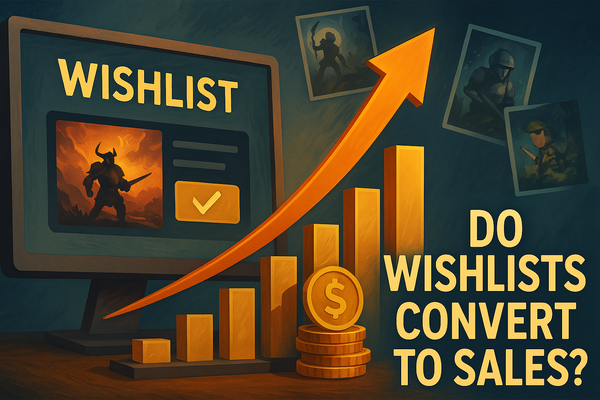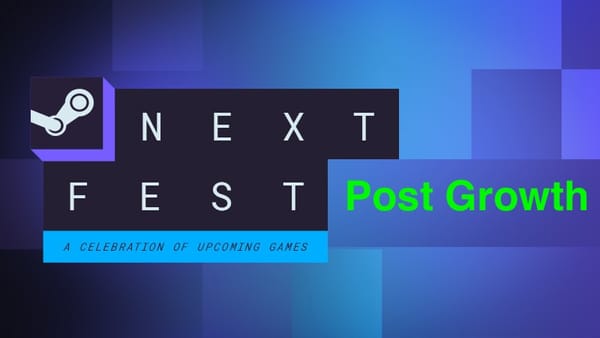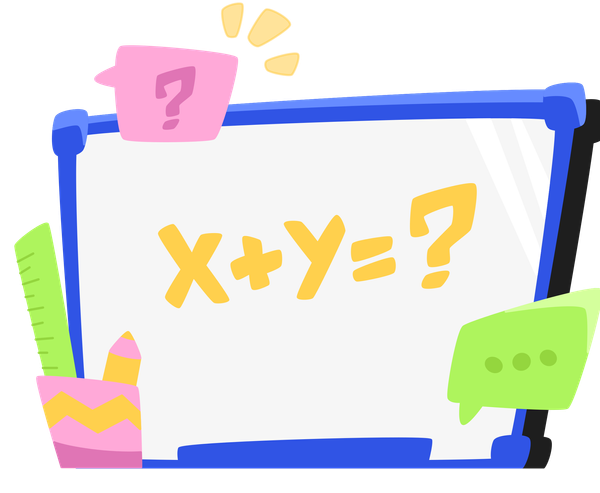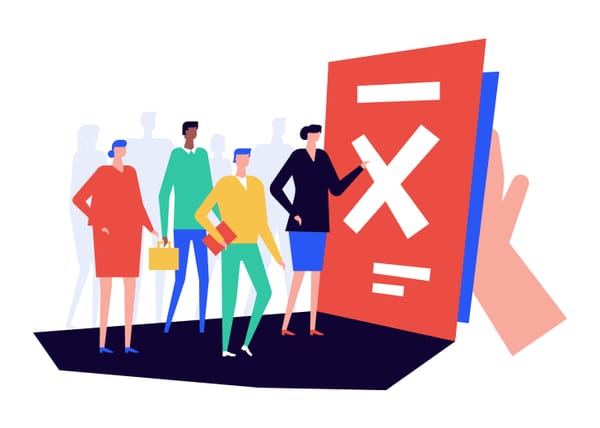High-Quality vs. Low-Quality Wishlists: What Every Indie Dev Needs to Know
Wishlists are key to game marketing success, but not all are created equal. Learn the difference between high- and low-quality Wishlists, how they impact conversion rates, and strategies to boost sales on launch day.
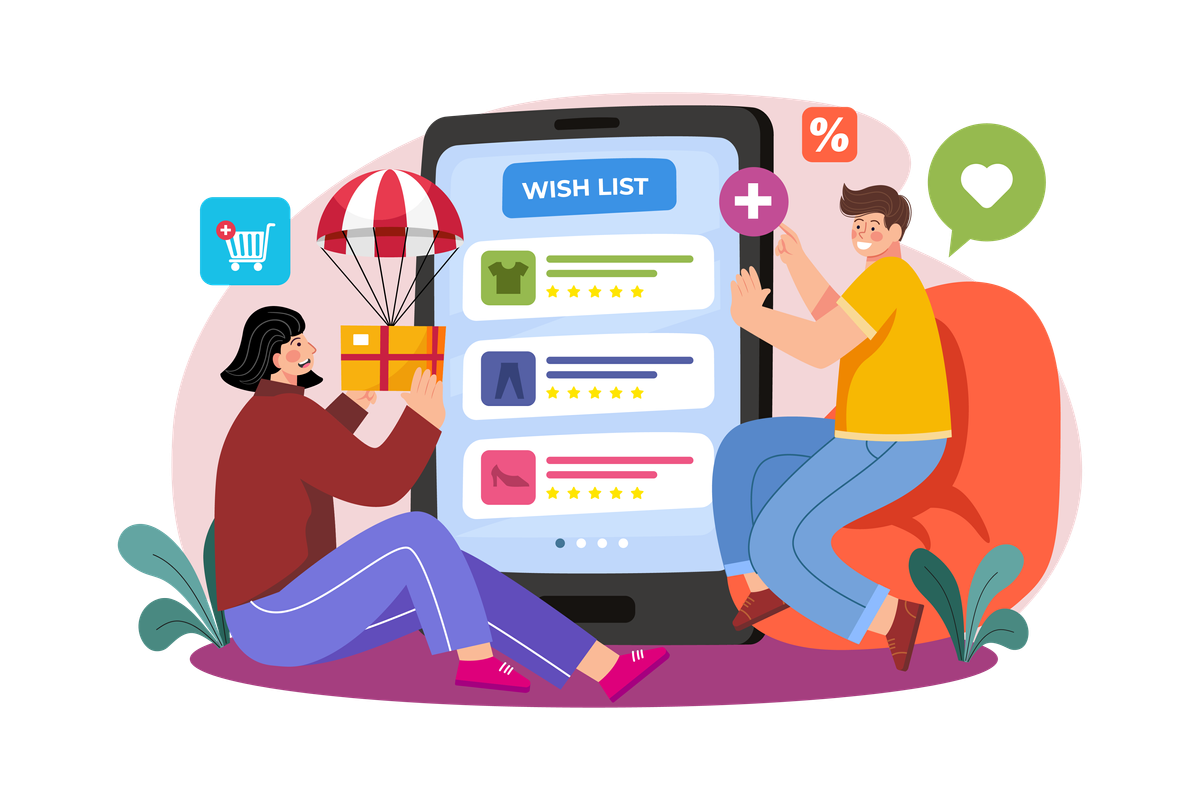
When doing game marketing, a lot of the efforts take place years before the game’s release, with 1 year being the minimum, and most successful games doing their marketing 2+ years prior to the game’s release. During this time, games rack up something called “Wishlists,” which can be thought of as a form of pre-order without any payment involved. Basically, players are bookmarking the game so they’ll be notified when it releases or goes on sale, but they’re not putting any money down.
Many games try to accumulate as many Wishlists as possible before launch, often citing 10,000 as the minimum number a game should have. The reasoning is that at the time of launch, a higher number of Wishlists typically translates to higher sales because more people will be notified and potentially ready to buy on day one.
It’s important to understand the difference between low-quality and high-quality Wishlists, and how these variations can affect your conversion rate at launch. At Glitch, we focus on how different marketing tactics impact the bottom line of sales and installs, and in this article, we’re going to discuss the quality of your Wishlist conversions. (By “quality,” we mean how likely a Wishlisting player is to actually purchase and play your game once it’s released.)
The Conversion Rate Of Wishlists To Sales
First, let’s set a baseline for what the Wishlist conversion rate should be. Note that it varies depending on where you get your information:
- Impress Games: They say the conversion rate for Wishlists can be broken down as Day 1 conversions (~5%), Week 1 conversions (~20%), and Year 1 conversions (~60%).
- How To Market Your Game: They have seen conversion rates ranging from 1% to 40%.
- Game Discover: Their bottom tier for conversion rate is 4.5%, and their average is 12.3%.
- Valve/Steam: They put the conversion rate at 13.6%.
These are many more sources with a variety of other estimates out there, giving a broad range of answers. However, one thing that most sources do not fully assess is the quality of each Wishlist addition. It’s impossible to measure this perfectly unless someone like Valve provides more granular data to outside developers, but let’s dive into what we mean by low- vs. high-quality Wishlists.
Low Quality Wishlist Additions
The action of Wishlisting a game is very easy for a user. They see a game, click “Wishlist,” and that’s it—there’s not much effort involved. Because the user hasn’t made any financial commitment, there is no immediate risk for them.
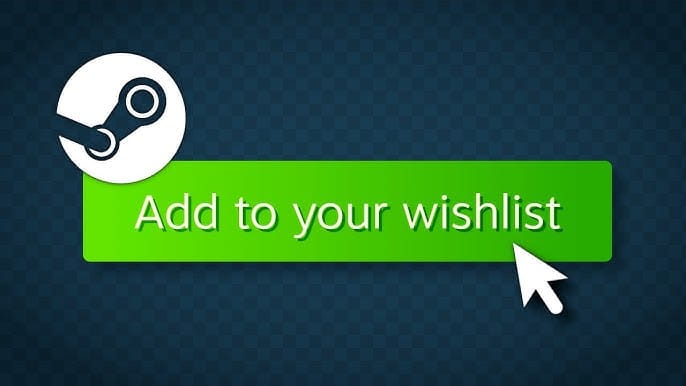
Now, the quality of a Wishlist depends on how engaged the user was with the game before they clicked that button. Let’s use NextFest as an example. Depending on your source, NextFest’s conversion rate is around 5.51%, which is on the lower end. Think about it from a user’s perspective:
- NextFest now has some 1,800+ games featured.
- A user sees a game that looks cool—maybe they like the trailer, the gameplay, or the cover images—and they decide to Wishlist it.
- Then they immediately move on to the next game to check it out.
- There is no deeper evaluation of that first game, and they might end up Wishlisting 30 different games.
- Statistically, the average user on Steam only plays about 4 games a year, so the competition for their time and money is steep.
This is a low-quality Wishlist addition because the user has an extremely low barrier to engagement, they haven’t invested anything (money or significant time) that would anchor them closer to a purchase, and they have minimal engagement with your game’s brand overall. If many of your Wishlists come from users like this, you can expect a lower conversion rate. (In other words, they might forget they even Wishlisted your game by the time it launches.)
High Quality Wishlist Additions
In sales and marketing, there are scoring systems that rank the likelihood of someone buying a product.
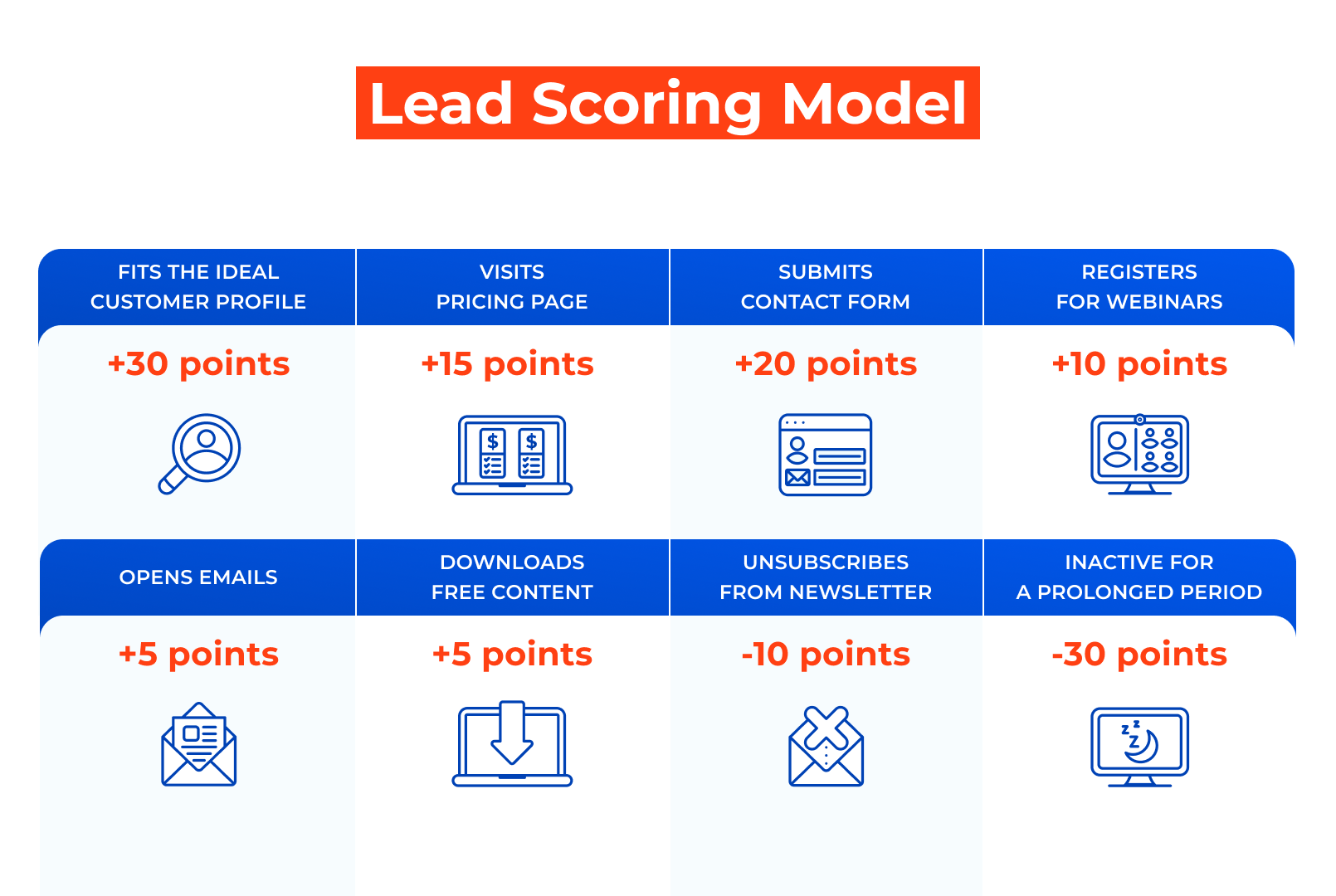
Two important ones are:
- Behavioral Scoring – Measures actions that indicate buying intent, such as website activity, content engagement, demo requests and free trials, pricing page visits, etc.
- Engagement Scoring – Measures how actively a person interacts with your brand, such as email open and click rates, social media engagement, and so on.
For simplicity, let’s combine these as one concept of “quality engagement.” Consider a user who does the following when researching your game:
- Sees your page on social media, follows your account, and looks up more information about your game.
- Uses your LinkTree to visit your Steam page, watches the trailer, but takes no immediate action.
- Reads the reviews (if available) or looks for community feedback.
- Joins your Discord to talk with other fans or ask questions.
- Finally, returns to the Steam page and decides to Wishlist.
This user has taken several steps to engage with your game’s brand and has put in real effort to evaluate the game. This is a high-quality Wishlist, and if many Wishlists are like this, you will likely see a much higher conversion rate. Each additional interaction with your brand—whether it’s a Discord conversation or watching multiple trailers—reinforces their interest and makes them more likely to purchase.
When And Why High vs Low Quality Wishlist Matter
When marketing your game, there are two finite resources:
- Time: How much do you have to spend marketing
- Budget: If you have a budget available, there is a limited amount
As example, you are in the final stretch of marketing your game before it launches in 1 month, and you have a $1k with the following opportunities:
- NextFest: Spend money on ads and other promotions to drive your game higher in NextFest and get more Wishlists.
- Influencers: Work with an influencer that has 100k whose followers are your target audience and has a staggering engagement rate of 20%.
- Advertising: You can run a advertising on Instagram and Tiktok, where you have garnered most of your current audience from.
- PR: You can hire a PR professional that can get you a spot on Kotaku.
With the limited time and budget, you can only choose. If you both know the statistics around conversion rates such as NextFest being low, or your current social media marketing has been going relatively well and conversions have been high according to your data, you can begin to make decisions on where you want to spend your money and time. And you want spend on an audience that is likely to convert.
Tips To Increase A Potential Players Score
A person's "score" when researching your game's brand is not a static number, and can improve but it requires that you have the correct mechanisms setup. Here are a few tips for increasing a person's score than turn them into a higher quality lead if they choose to explore your game further:
- Use something like LinkTree for linking all your digital assets together to make it easy on them to research. If you want to host your own linking system, we provide a free open source solution here.
- Make sure that for the socials you list, you are consistently creating content. Ghost town socials can turn a user off. Also if a user decides to follow you, its an easy way to keep them engaged. If you struggle to produce social content, there is social media automation tools just for gaming.
- Provide alternative methods for staying engaged outside of Wishlists, such as Newsletters.
- If you have Discord, engage with them. Ghost town Discords can make it feel like the project is abandoned.
- Make yourself or someone on your team like a community manager reachable for players to talk to if they have questions or problems.
- Have consistent branding across all your digital properties, and use the best videos, screenshots and artwork for your game to make the best first impressions.
- Address negative reviews openly and honestly. Do not appear to ignore them in public.
Should You Do Things Like NextFest?
One question that might pop into your head is: “If NextFest is a weaker source of Wishlists, should we still do it?” The answer is Yes! Absolutely. Sales and marketing is a numbers game. The more total Wishlists you gather, the more potential sales you’ll have, even if many of them convert at a lower rate.
You won’t truly know what your conversion rate is until you launch. However, how you collect Wishlists can help you set reasonable expectations. The best thing you can do is set up your store page as soon as possible (if you haven’t already) and continue driving exposure from multiple sources throughout your entire development process. This means social media campaigns, dev blogs, community building, attending conventions, influencer outreach, and yes, events like NextFest.
The combination of many different “touchpoints” (both higher and lower quality) will ultimately bring you the volume you need, plus the engaged fans who are most likely to purchase. Those touchpoints can even turn a low quality wishlist into a high quality one as they are exposed to your brand multiple times. By consistently building awareness over time, you’ll improve your odds of a successful launch—even if some of those Wishlists are lower quality than others.

